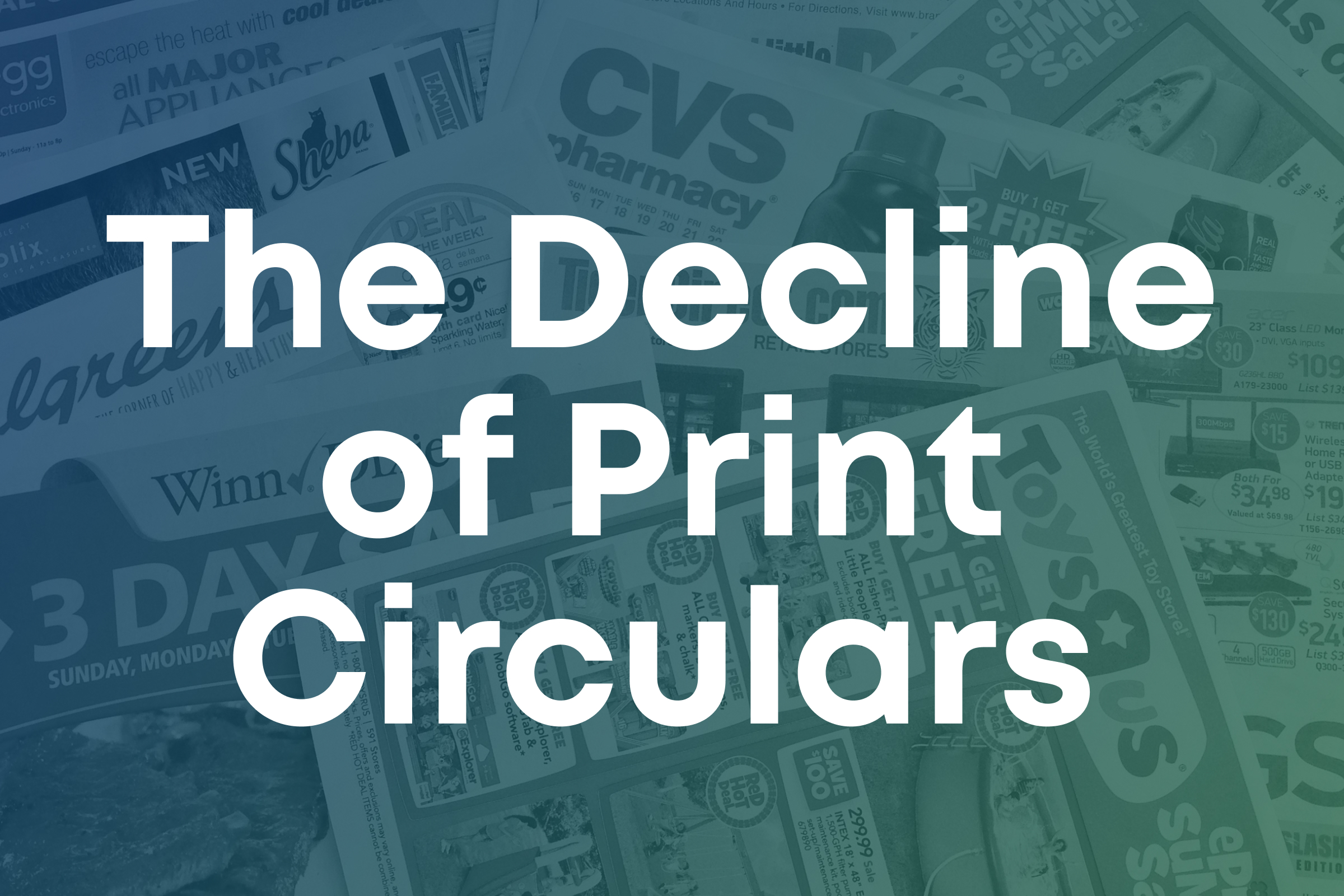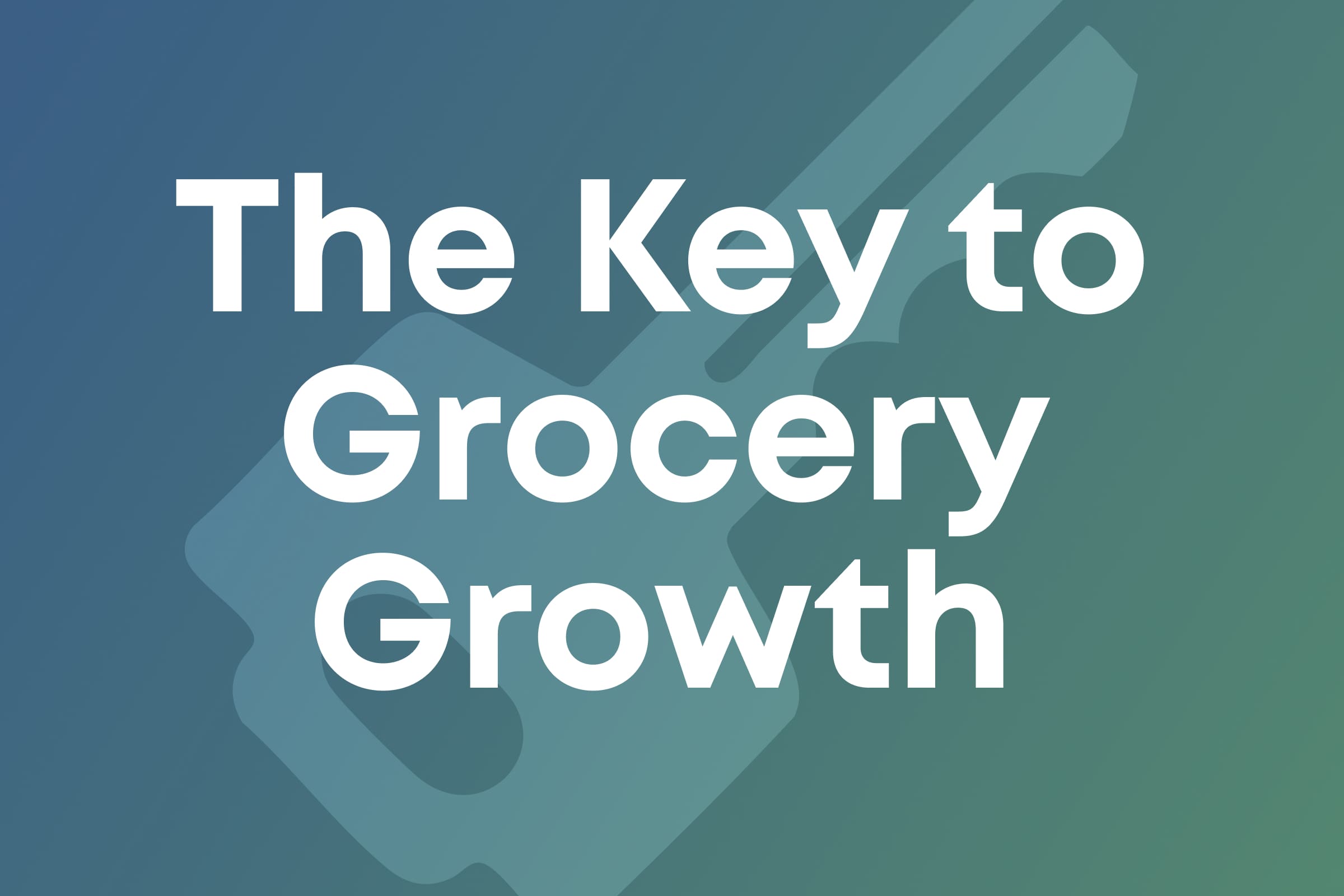3 Reasons You May Be Losing Customer Loyalty
Sean Turner
The value of retail loyalty is clear to most grocers these days, though achieving consistent and long-time loyalty is becoming much more difficult for some very common and well-known reasons that are impossible to control. For example, inflation has motivated frugal shoppers to consider abandoning their favorite brands for competitors offering lower prices, timely discounts, or better member rewards. Ultimately, today’s challenging supply and inventory issues have pushed shoppers to choose convenience and price over loyalty.
In addition to these common pressures impacting grocery retailers, there are other factors affecting customer loyalty that are more directly under your control. This article explores three common causes of lost loyalty among grocery shoppers that you can prevent with a digital retail platform.
The Value of Customer Loyalty in Grocery Retail
Customer loyalty is the ultimate goal for grocery retailers, providing the greatest return on marketing investment. The probability of selling to an existing customer is 60-70%, compared to 5-20% for net new prospects. Your existing customers are also 50% more likely to try new products and spend 31% more on average than newcomers.
Consider Kroger as a prime example of the importance of loyalty: 30% of the 11 million households that shop at Kroger were considered “loyal,” comprising 70% of the chain’s sales. This group of loyal customers visit the store 4x more often and are 8x more valuable than non-loyal shoppers, according to Kroger executives.
However, 82% of companies recently surveyed agreed that the cost of customer retention is cheaper than acquisition, yet only 44% said they prioritized retention over acquisition. This statistic suggests a disconnect between wanting to cultivate a loyal retail following and the willingness to adopt and implement the right combination of technologies and strategies that enable success in winning over customers for life. In practice, there are many ways customer loyalty efforts fall through the cracks.
.png)
3 Reasons You May Be Losing Customer Loyalty
While there are hundreds of factors that go into customer loyalty, from branding and sustainability commitment, to convenience and store layout, these three reasons stand out as we navigate through today’s challenging retail landscape including inflation, supply chain hiccups, and increased competition.
1. Prices are not competitive enough
Can you offer shoppers comparative value to your competitors? 68% of consumers started shopping at a different retailer due to price increases.
- Problem: Price is the ultimate deal breaker for shoppers. Today’s customers want the best deal and they’ll choose price over a particular brand or retailer in order to get the most savings. According to Inmar Intelligence, 41% of shoppers believe it’s “up to retailers to find ways to keep prices from rising.” Also worth noting: 83% of respondents said they were “actively seeking” ways to save money on groceries. The number of cost-conscious shoppers is simply too large to ignore. Retailers like Target are pursuing “aggressive options to rein in costs,” including working with vendors to alleviate inflationary pressures and slashing prices to move unwanted inventory.
- Solution: Communicate value and savings more effectively. Are you communicating your value proposition clearly enough to customers, using all the channels available to you — particularly mobile? It can be difficult to lower prices when profit margins are so thin, but there are plenty of ways to reduce your operating expenses and pass that savings onto consumers. A digital retail platform gives CPG brand partners a new space to advertise to your audience, creating a new revenue stream. You can add features like drop ship capabilities or click-and-collect to decrease reliance on third-party delivery providers. This platform integrates with your retail loyalty program, providing mobile-equipped shoppers with a way to search and redeem exclusive offers. Partnering with CPG brands to combine sales with reward points can be a way to provide value without having to permanently slash your prices.
2. Your retail loyalty program isn’t compelling
Does your retail loyalty program get a lot of engagement and use? The average consumer is a member of 14.8 loyalty programs but only actively participates in 6.7 of them.
- Problem: You can’t convert sales if customers don’t want or need the rewards or incentives offered. Rewards need to appeal with relevance, timeliness, and value for your individual consumers. Otherwise, they won’t be interested enough to move from consideration to action. Winsight Grocery found supermarkets often ask too much of consumers, deliver too little value, and fail to look beyond discounts to grow their loyalty programs. Recognition and content are just as important as helping shoppers save a buck — particularly when you’re looking to go beyond the transaction and grow long-term emotional loyalty. Consider Tops Markets’ GasPoints program: at a time when Americans are experiencing “pain at the pump,” loyal Tops bonus card shoppers earn 1 GasPoint for every $1 spent in store, 10 GasPoints for every manufacturer’s coupon redeemed, and extra GasPoints for purchasing weekly special offers listed in the circular. Every 100 GasPoints saves shoppers 10¢ per gallon at the Tops gas stations located at the edge of the parking lot. In other words, loyal Tops shoppers earn money off their gas purchases simply for shopping at Tops and seeking out the best savings the store has to offer.
- Solution: Leverage first-party data to personalize your rewards and coupons. A digital retail platform can help you capture and consolidate insights from your e-commerce website, mobile app activity, and in-store cash registers. You’ll gain insight into the videos shoppers are watching, the ads they’re viewing, shopping list items they’re adding (or removing), items they’re scanning in-store, coupons they’re redeeming, and products they’re purchasing either online or in-store. This information helps you market smarter, interaction after interaction, gaining loyalty in the process.
3. Little to no personalization
Are you collecting first-party data on every unique shopper and putting it to good use? Shoppers spend 40% more when their experience is personalized.
- Problem: Customers want to feel important and catered to. Amazon was the personalization pioneer, updating their ads to match user activity in profound new ways. Customers have grown to expect that every company they support will take the time to understand their wants, needs, and preferences. According to McKinsey surveys, 80% of customers want personalization from retailers — and they’re willing to exchange personal data in order to receive more relevant offers matching their interests and purchase habits.
- Solution: Setup an integrated digital retail platform for customers and CPG partners. The ability to create a relationship with shoppers where they feel truly valued is the key to maintaining loyalty. Shoppers also want a connected, seamless experience, as most supermarket patrons prefer a combination of digital and in-store shopping experiences. A digital retail platform provides ad space, retail loyalty program integration, and rich features that work across your website and custom mobile app. Earn customer loyalty by collecting first-party data based on what shoppers browse in-app, add to digital shopping lists, or purchase in-store, and then use your in-house app to communicate personalized offers your shoppers will love.
Maintain Customer Loyalty With a Digital Retail Platform
Interested in creating and sustaining grocery customer loyalty with a modern digital retail platform that offers personalized rewards and engages online and mobile in-store shoppers? Contact Swiftly to get started.




